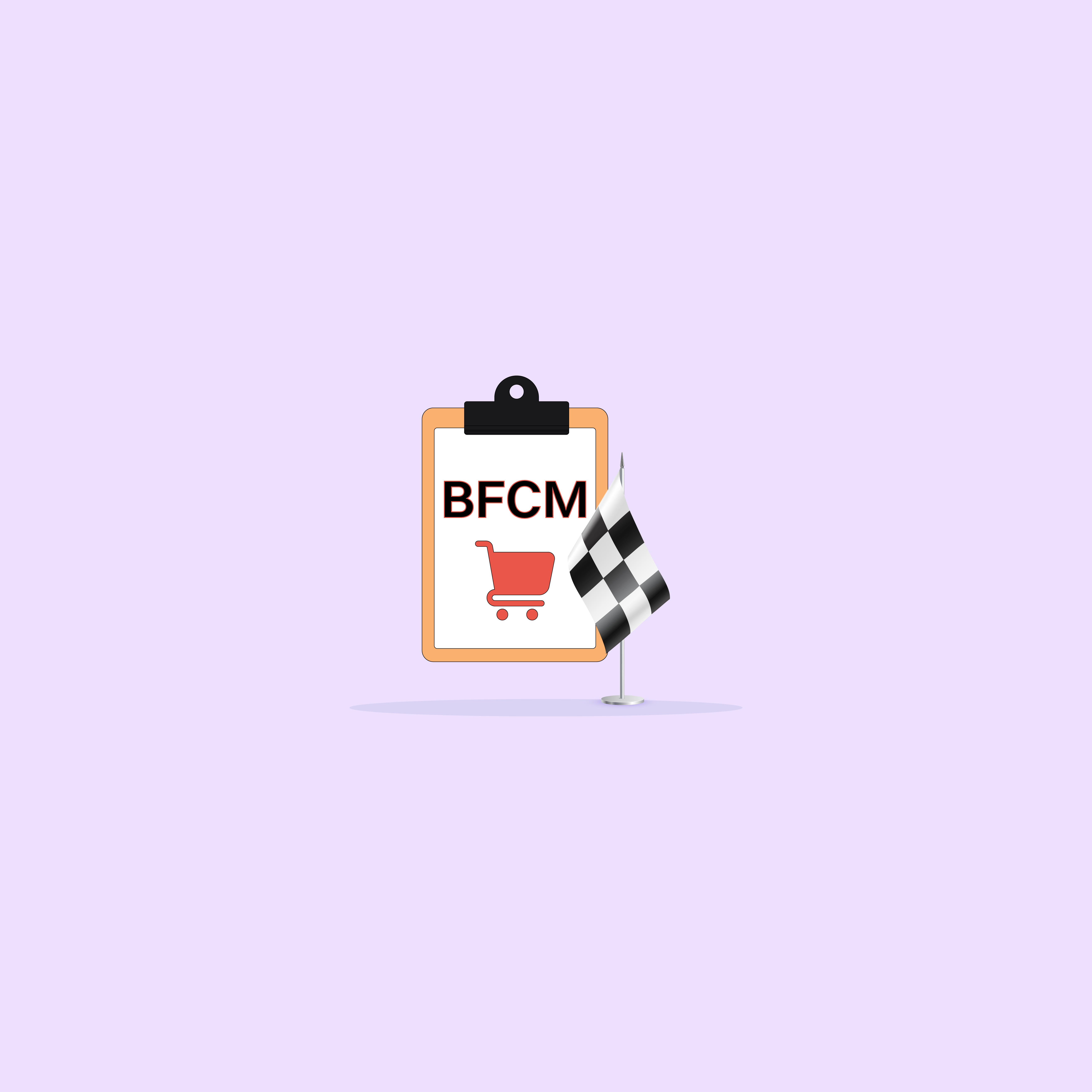Our websites use cookies. By continuing, we assume your permission to deploy cookies as detailed in our Privacy Policy.
Highlights
Trends to Watch in Marketing for 2025
As we dive into 2025, the marketing world is moving faster than ever! With tech breakthroughs and ever-changing customer expectations, staying ahead isn’t just important—it’s essential. Let’s explore the top marketing trends you’ll want to keep on your radar this year: 1. Hyper-Personalisation with AI Say goodbye to generic marketing and hello to hyper-personalization! In ...
Segmentify Blog
From Tesla to eCommerce: How Predictive AI Creates the Perfect Customer Journey
Tesla isn’t just in the business of selling cars—it’s creating smart, self-learning companions on wheels. Every...
Trends to Watch in Marketing for 2025
As we dive into 2025, the marketing world is moving faster than ever! With tech breakthroughs...
Top 10 AI Content Creator Solutions 2024
Key Takeaway As someone who’s experimented with a few of these tools, I can confidently say...
Exploring the Impact of WhatsApp Marketing on Customer Engagement
It’s no secret that messaging platforms like WhatsApp are transforming how businesses communicate with their audiences....
Back-to-School Marketing Guide: Campaigns, Ideas, Tips
As the summer draws to a close and a new season begins, students and parents are...
Chef’s Special: Recommendation Margherita
Main Course: Recommendation Recommendations are like the main course of your marketing strategy. They satisfy your...
Black Friday Marketing Best Practices 2024
Black Friday might be just one day on the calendar, but it is only the beginning...
For Weekly Marketing Inspiration
Get weekly eCommerce & marketing tips, resources, trends and best practices delivered to your inbox!













